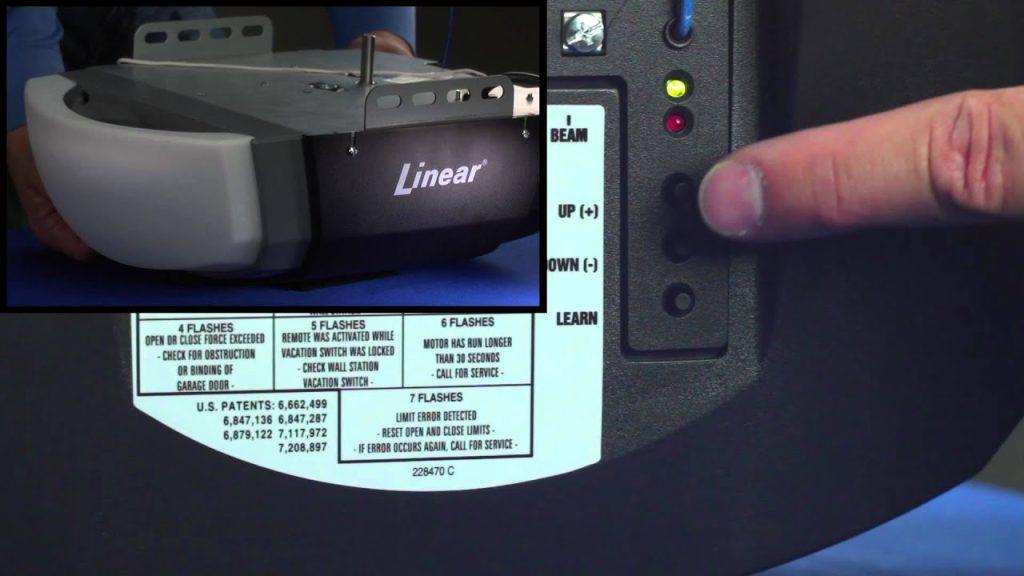Unlock the full potential of your garage door opener with insights into the Linear Garage Door Opener Learn Button. Discover how this essential feature works and how to utilize it effectively for seamless operation and enhanced security.

Introduction
The garage door opener is a vital component of any modern home, providing convenience and security with the touch of a button. However, understanding its functionalities, such as the Linear Garage Door Openers Learn Button, can elevate your garage experience to new heights. In this comprehensive guide, we delve into the intricacies of the Learn Button and its significance in operating your garage door system.
Exploring the Linear Garage Door Opener Learn Button
The Linear Garage Door Opener Learn Button is a small yet powerful component located on the motor unit of your garage door opener. Its primary function is to facilitate the programming of remote controls, keypads, and other accessories to communicate with the opener. By pressing the Learn Button, you initiate a process that allows your opener to recognize and sync with new devices, ensuring seamless integration into your garage system.
Understanding How it Works: Linear Garage Door Opener Learn Button
When you press the Learn Button on your Linear garage door openers, it enters a programming mode, indicated by a flashing light or audible signal. During this mode, the opener is receptive to signals from compatible devices, such as remote controls or wireless keypads. By following the manufacturer’s instructions, you can pair these devices with your opener, allowing you to control your garage door with ease.
Programming Remote Controls: Linear Garage Door Opener Learn Button
One of the primary uses of the Linear Garage Door Opener Learn Button is to program remote controls for your garage door opener. Whether you’re adding a new remote or replacing an existing one, the process is straightforward:
- Locate the Learn Button on your Linear garage door openers motor unit.
- Press the Learn Button to initiate the programming mode.
- Within a specified timeframe, press the button on your remote control that you wish to program.
- Wait for the opener to confirm the successful programming, usually indicated by a light or audible signal.
Programming Wireless Keypads
In addition to remote controls, the Learn Button can also be used to program wireless keypads for keyless entry to your garage. Follow these steps to program a keypad:
- Press the Learn Button on your Linear garage door openers.
- Enter a PIN code of your choice on the keypad.
- Press the “Enter” or “Send” button on the keypad.
- Wait for the opener to confirm the successful programming.
Enhancing Security with Rolling Code Technology
Many Linear garage door openers feature rolling code technology, which enhances security by generating a new access code each time the remote control is used. When programming a remote or keypad using the Learn Button, the opener syncs with the device’s unique code, ensuring that unauthorized individuals cannot intercept and duplicate the signal.
Read too: The Complete Guide to Tighten Chain On Garage Door Opener for Smooth Operation
Conclusion
The Linear Garage Door Openers Learn Button plays a crucial role in the seamless operation and security of your garage door system. By understanding how to utilize this feature effectively, you can enhance convenience, streamline access, and bolster security for your home. Whether programming remote controls, wireless keypads, or other accessories, mastering the Learn Button empowers you to take full control of your garage experience.



Leave a Reply